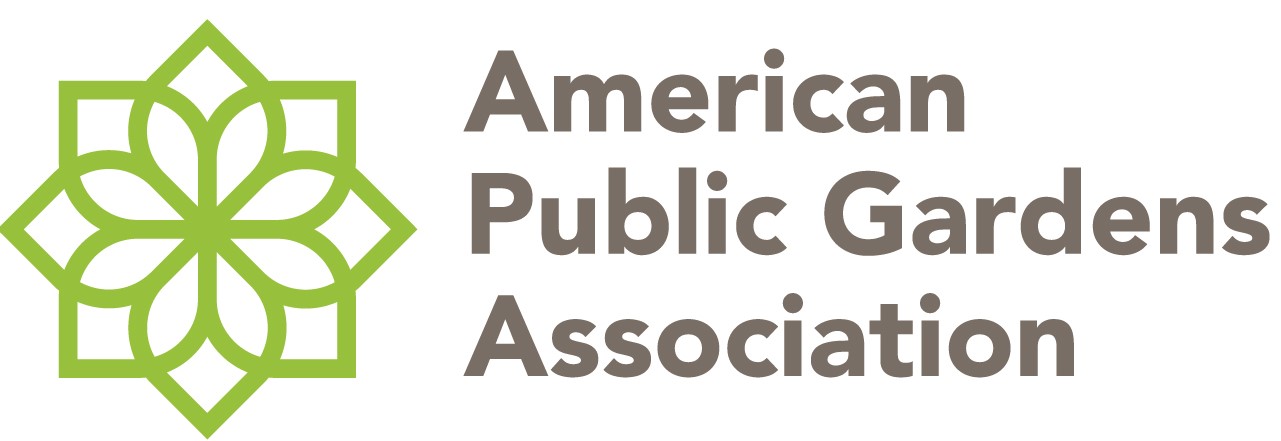With changes in precipitation, drought, pollution, and increased severe weather, global change is altering vital wetland habitats, and threatening the survival of rare plants that depend on them. Atlanta Botanical Garden is working to protect and restore wetlands.
Wetlands have many functions in a healthy ecosystem. Most importantly, they clean water, particularly runoff from farms and cities, before it flows into other water bodies. Wetlands also lessen the effects of storms, absorbing excess water that would otherwise cause flooding and soil erosion. Wetlands also provide habitat to many rare plants and animals. The Atlanta Botanical Garden is restoring wetland areas and plants in Georgia that are threatened due to invasive plants, drought, and habitat loss.
The Atlanta Botanical Garden supports wetland restoration by growing threatened species in their conservation greenhouse. The endangered Tennessee yellow-eyed grass (Xyris tennesseensis) seeds are cultivated for 6-7 months in the greenhouse and then planted into restored natural wetlands. Georgia alder (Alnus maritima), a rare shrub currently found in only one swamp in Georgia, and Virginia spiraea (Spiraea virginiana) a threatened wetland shrub were also propagated at the Atlanta Botanical Garden. The Atlanta Botanical Garden and their partners restored almost 10,000 plants of these three species to wetlands in northwest Georgia.
The Atlanta Botanical Garden also supports wetland conservation through its Urban Habitat Restoration project with support from the National Fish and Wildlife Foundation and Georgia Power in partnership with several conservation groups in Atlanta. This collaboration brings together private and public partners to address the problem of invasive plants and the loss of native species and habitats within highly visible areas such as the Chattahoochee National Recreation Area, while connecting the public with information on importance of riparian habitats and the problem of invasive species in cities. Click the link to learn more.



